Themed collection Imaging molecular dynamics

Imaging molecular dynamics
Editorial for the themed issue on Imaging Molecular Dynamics.
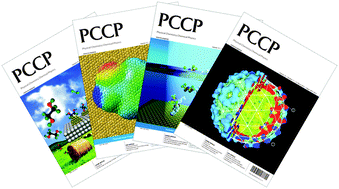
Phys. Chem. Chem. Phys., 2014,16, 381-382
https://doi.org/10.1039/C3CP90161K
Attosecond imaging
The natural timescale for electron dynamics reaches down to the attosecond domain.
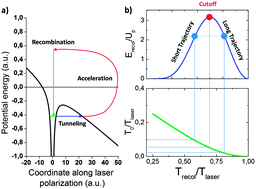
Phys. Chem. Chem. Phys., 2014,16, 2775-2789
https://doi.org/10.1039/C3CP53659A
Detecting chirality in molecules by imaging photoelectron circular dichroism
A perspective is given on photoelectron circular dichroism, capable of distinguishing enantiomers of chiral molecules with high sensitivity and mass selectivity.
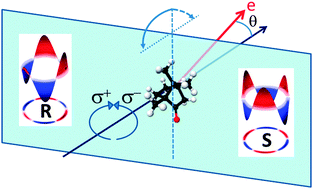
Phys. Chem. Chem. Phys., 2014,16, 856-871
https://doi.org/10.1039/C3CP53741B
Velocity map imaging of ion–molecule reactions
Velocity map imaging has proven to be a powerful tool to unravel the dynamics of ion–molecule reactions.

Phys. Chem. Chem. Phys., 2014,16, 396-405
https://doi.org/10.1039/C3CP53405G
Fast sensors for time-of-flight imaging applications
We review recent developments in fast image sensor technology together with applications in areas including reaction dynamics and mass spectrometry.
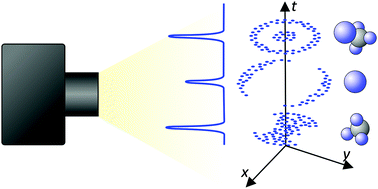
Phys. Chem. Chem. Phys., 2014,16, 383-395
https://doi.org/10.1039/C3CP53183J
Photodissociation dynamics of propargylene, HCCCH
We report a joint theoretical and experimental study on the photodissociation of the C3H2 isomer propargylene, HCCCH, combining velocity map imaging with nonadiabatic surface hopping calculations.
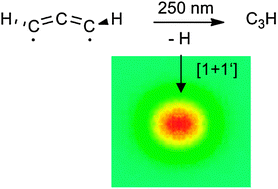
Phys. Chem. Chem. Phys., 2014,16, 6294-6302
https://doi.org/10.1039/C3CP53213E
Photodissociation of singlet oxygen in the UV region
Velocity map image of O(3p) atoms formed from the photodissociation of singlet oxygen.

Phys. Chem. Chem. Phys., 2014,16, 3305-3316
https://doi.org/10.1039/C3CP54696A
Fragmentation dynamics of the ethyl bromide and ethyl iodide cations: a velocity-map imaging study
The photodissociation dynamics of ethyl bromide and ethyl iodide cations have been studied at a range of UV wavelengths using time-of-flight mass spectrometry and velocity-map imaging.
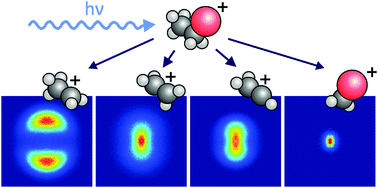
Phys. Chem. Chem. Phys., 2014,16, 2167-2178
https://doi.org/10.1039/C3CP53970A
Slice imaging of methyl bromide photofragmentation at 193 nm
The photodissociation of methyl bromide at 193 nm is studied using slice imaging.
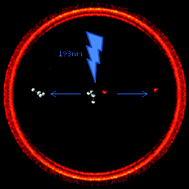
Phys. Chem. Chem. Phys., 2014,16, 599-606
https://doi.org/10.1039/C3CP53139B
Experimental and theoretical investigation of correlated fine structure branching ratios arising from state-selected predissociation of BrO (A2Π3/2)
We present results for the v′-dependent predissociation dynamics of the BrO (A2Π3/2) state using velocity map ion imaging.
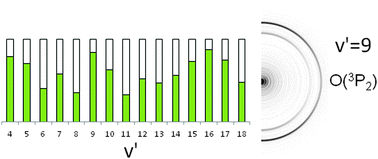
Phys. Chem. Chem. Phys., 2014,16, 607-615
https://doi.org/10.1039/C3CP53766H
Symmetry matters: photodissociation dynamics of symmetrically versus asymmetrically substituted phenols
We report a combined experimental (H (Rydberg) atom photofragment translational spectroscopy) and theoretical (ab initio electronic structure and vibronic coupling calculations) study of the effects of symmetry on the photodissociation dynamics of substituted phenols.
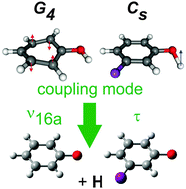
Phys. Chem. Chem. Phys., 2014,16, 588-598
https://doi.org/10.1039/C3CP53450B
A roaming wavepacket in the dynamics of electronically excited 2-hydroxypyridine
Time resolved roaming dynamics investigated on 2-hydroxypyridine.
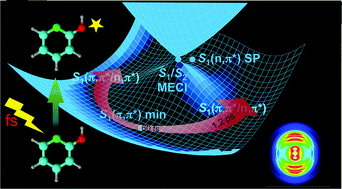
Phys. Chem. Chem. Phys., 2014,16, 581-587
https://doi.org/10.1039/C3CP52923A
A velocity map imaging study of the photodissociation of the à state of ammonia
A high-resolution velocity map imaging study of the photodissociation of the à state of ammonia provides new insight into the dynamics mechanism and the electronic branching ratio for this prototypic reaction.

Phys. Chem. Chem. Phys., 2014,16, 406-413
https://doi.org/10.1039/C3CP53523A
Inverting ion images without Abel inversion: maximum entropy reconstruction of velocity maps
Maximum entropy is used to find the optimal reconstruction of velocity maps from ion images.
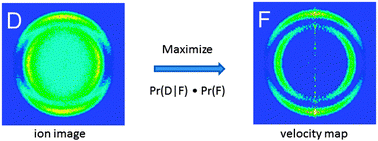
Phys. Chem. Chem. Phys., 2014,16, 570-580
https://doi.org/10.1039/C3CP53673D
Photodissociation of CO2 between 13.540 eV and 13.678 eV
Photodissociation of CO2 is investigated between 13.540 eV and 13.678 eV using the time-sliced velocity-mapped ion imaging (TSVMI) apparatus that is combined with one-color and two-color pump–probe VUV + VUV and VUV + UV detection schemes by probing oxygen fragments at different levels.

Phys. Chem. Chem. Phys., 2014,16, 563-569
https://doi.org/10.1039/C3CP53250J
Relaxation dynamics of photoexcited resorcinol: internal conversion versus H atom tunnelling
The excited state dynamics of resorcinol following UV excitation at wavelengths 278 ≥ λ ≥ 255 nm, have been investigated using time-resolved ion yield and velocity map ion imaging.
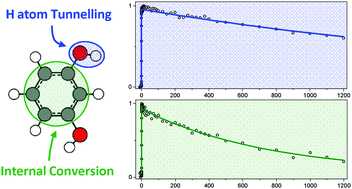
Phys. Chem. Chem. Phys., 2014,16, 550-562
https://doi.org/10.1039/C3CP53726A
268 nm photodissociation of ClN3: a femtosecond velocity-map imaging study
Femtosecond time-resolved velocity-map imaging is used to study the photodissociation dynamics of chlorine azide (ClN3) at 268 nm. By detecting the co-fragments Cl and N3via multiphoton ionization, the time dependence of the energy and angular distributions is revealed.

Phys. Chem. Chem. Phys., 2014,16, 540-549
https://doi.org/10.1039/C3CP53507J
Observation of d–p hybridized aromaticity in lanthanum-doped boron clusters
The electronic structures and chemical bonding of small La-doped boron clusters reveal a new and intriguing d–p hybridized aromaticity.
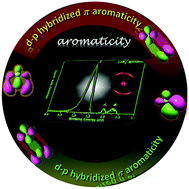
Phys. Chem. Chem. Phys., 2014,16, 533-539
https://doi.org/10.1039/C3CP53245C
Selective deprotonation of oxazole and photoelectron imaging of the oxazolide anion
Photoelectron imaging of C2-oxazolide reveals the electron affinity of oxazolyl and sheds light on the hybrid character of the HOMO.
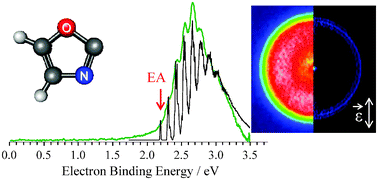
Phys. Chem. Chem. Phys., 2014,16, 527-532
https://doi.org/10.1039/C3CP53176G
Photodetachment and photodissociation of the linear OCuO− molecular anion: energy and time dependence of Cu− production
Energy and time domain photodetachment imaging of D∞h CuO2− demonstrates long timescale, complex dissociation dynamics producing Cu− + O2.
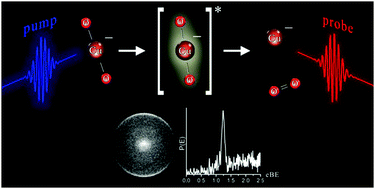
Phys. Chem. Chem. Phys., 2014,16, 497-504
https://doi.org/10.1039/C3CP52986J
State-to-state resolved differential cross sections for rotationally inelastic scattering of ND3 with He
Quantum-state resolved scattering of ND3 with helium, measured by velocity map imaging, is compared with quantum mechanical scattering calculations.
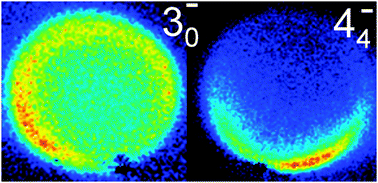
Phys. Chem. Chem. Phys., 2014,16, 477-488
https://doi.org/10.1039/C3CP53550A
Imaging of spatial many-body wave functions via linear momentum measurements
Spatial configuration and linear momenta of a dissociating system are related at any time t after fragments exit from the reaction zone.

Phys. Chem. Chem. Phys., 2014,16, 453-457
https://doi.org/10.1039/C3CP53300J
Effects of resonant excitation, pulse duration and intensity on photoelectron imaging of a dianion
Photoelectron images of a dianion following excitation through an excited state are strongly dependent on pulse duration and intensity.
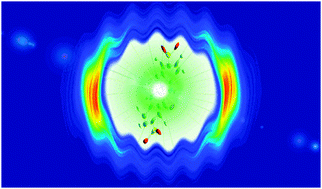
Phys. Chem. Chem. Phys., 2014,16, 489-496
https://doi.org/10.1039/C3CP53235F
Imaging breakdown diagrams for bromobutyne isomers with photoelectron–photoion coincidence
The breakdown diagram is contained in photoion mass selected VMI-PEPICO images taken at a single photon energy and used to derive appearance energies.
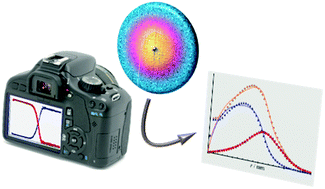
Phys. Chem. Chem. Phys., 2014,16, 505-515
https://doi.org/10.1039/C3CP53212G
Imaging the photodissociation dynamics of neutral metal clusters: copper dimer, Cu2, and copper oxide, CuO
A combined spectroscopic/velocity map imaging study of copper dimer and copper oxide.
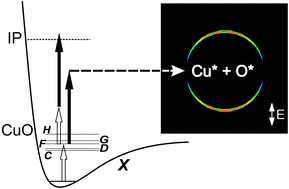
Phys. Chem. Chem. Phys., 2014,16, 458-466
https://doi.org/10.1039/C3CP53214C
On the signal depletion induced by stretching excitation of methane in the reaction with the F atom
A systematic study of IR-induced signal depletion leads to the rotationally state-selected reaction cross sections.
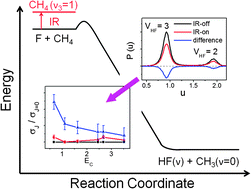
Phys. Chem. Chem. Phys., 2014,16, 444-452
https://doi.org/10.1039/C3CP53036A
Critical influences on the rate of intramolecular vibrational redistribution: a comparative study of toluene, toluene-d3 and p-fluorotoluene
Picosecond time-resolved photoelectron spectroscopy has been used to probe the evolution of vibrational wavepackets during energy redistribution, revealing the important role played by doorway states.
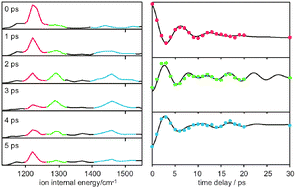
Phys. Chem. Chem. Phys., 2014,16, 430-443
https://doi.org/10.1039/C3CP53055H
Time resolved observation of the solvation dynamics of a Rydberg excited molecule deposited on an argon cluster-I: DABCO☆ at short times
This experimental paper provides a time probe for the solvation environment dynamics of excited molecules deposited on large argon clusters.
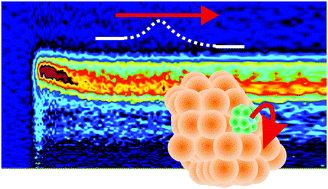
Phys. Chem. Chem. Phys., 2014,16, 516-526
https://doi.org/10.1039/C3CP53172D
A photoionization investigation of small, homochiral clusters of glycidol using circularly polarized radiation and velocity map electron–ion coincidence imaging
VMI photoelectron and coincident ion detection are applied to investigate mass-selected glycidol clusters. Photoelectron Circular Dichroism captures a distinct chiral signature for the neutral monomer, the dimer and higher cluster sizes.

Phys. Chem. Chem. Phys., 2014,16, 467-476
https://doi.org/10.1039/C3CP53248H
Caging of Cl atoms from photodissociation of CF2Cl2 in clusters
The photodissociation dynamics of the CF2Cl2 molecule was investigated using the imaging technique: the photodissociation in rare gas clusters is compared to isolated molecules.
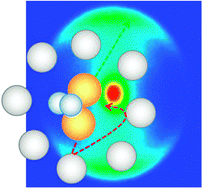
Phys. Chem. Chem. Phys., 2014,16, 421-429
https://doi.org/10.1039/C3CP51926K
Dynamics of Cl + propane , butanes revisited: a crossed beam slice imaging study
Picturing the transition-state region of H–D abstraction in benchmark Cl + alkane reactions in unprecedented detail.

Phys. Chem. Chem. Phys., 2014,16, 414-420
https://doi.org/10.1039/C3CP51785C
About this collection
The advent of charged particle imaging methods has led to extraordinary advances in our appreciation of the structure and dynamics of excited state molecules and of molecular reactivity in the gas phase; many such advances are showcased in this themed issue. Guest edited by Michael N. R. Ashfold and David H. Parker.